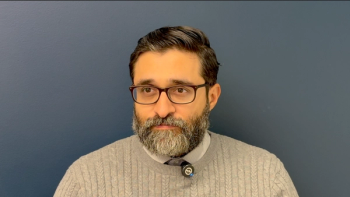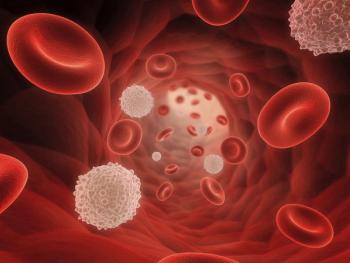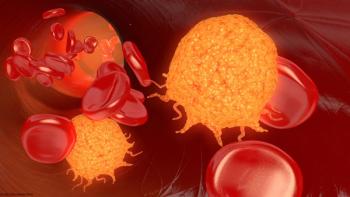
Bolstering Interdepartmental Collaboration With a Unified Cancer Database
An easy-to-access database allows one to see a patient’s cancer stage, prior treatment, and survival outcomes in a single place.
A novel comprehensive cancer database may help different aspects of cancer management, including assistance from a clinical assistance standpoint and the streamlining of ongoing research, according to Leila Tchelebi, MD.
In a conversation with CancerNetwork® regarding research that she and colleagues presented at the
Transcript:
The beauty about this is that it helps with multiple different aspects of healthcare. From a clinical standpoint, physicians across different sites within the Health Network— not only within the health system, but [even] outside the system—if these data are shared, [they] can retrieve all the relevant information regarding a patient for ease of decision-making clinically. I am able to look at my patient and see what chemotherapy they have received already, what radiation therapy they might have received at another facility that might not have the same EMR; perhaps it was an inpatient facility, and I am working at an outpatient site. Clinically, it has been [quite] helpful for the cancer registry that is required, as I mentioned previously, to collect these data and submit them to the state. All the information regarding the patient’s cancer stage, treatments rendered, and survival outcomes can be accessed in 1 place.
Then, for research, if we are looking to do a quality assurance project across the network [and] see how many patients perhaps did not complete therapy, we can have all the relevant clinical information in 1 easy-to-access database. Then, all that information can be exported to something like an Excel spreadsheet, which can then be utilized to much more easily conduct clinical studies where thousands of patient cases can be imported into the spreadsheet, having collected data from across multiple different EMRs, all in 1 place. [This] makes the data much more easily synthesized and analyzed.
Reference
Tchelebi L, Lindsay WD, Yee K, Wishinsky J, Labarca ME, Potters L. Building a comprehensive cancer database across fourteen treatment facilities in a large health care system. Presented at: 2025 American Society for Radiation Oncology Annual Meeting; September 27-October 1, 2025; San Francisco, CA.
Newsletter
Stay up to date on recent advances in the multidisciplinary approach to cancer.

















































































